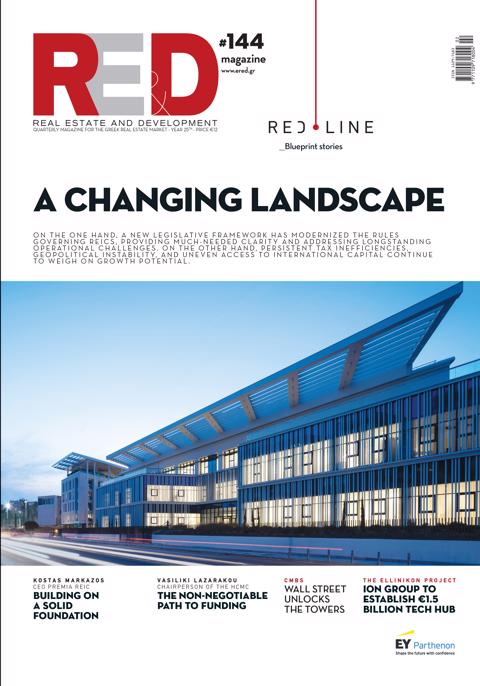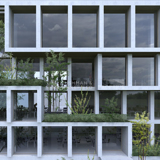This demographic shift presents not only a profound social challenge but also a significant opportunity for the real estate sector: to develop a new type of housing that supports active, independent, and dignified aging.
However, the issue is complex. An estimated 80% of the buildings that will exist in 2050 have already been constructed, yet less than 3% of today’s housing stock is considered age-friendly. This underscores the urgent need to adapt existing buildings—an endeavor that is both critical and challenging. Numerous obstacles stand in the way: from inflation and high construction costs to a shortage of specialized labor and bureaucratic delays in permitting processes.
Despite these difficulties, the transition is imperative. The European Union has already outlined three strategic pillars for the future of housing: sustainability, accessibility, and livability. Technological innovations—such as digital twins for buildings that optimize operational efficiency and adapt to the needs of residents—pave the way for a new real estate model, where housing is not merely a physical structure but an extension of quality of life.
In parallel, new housing models are emerging that address the growing need for personalized care and social inclusion. These range from traditional care homes and assisted living facilities to innovative solutions such as co-housing arrangements between elderly individuals and university students—initiatives that foster intergenerational solidarity and reduce living costs. Intergenerational living programs, where people of different ages share space and experiences, also help to combat the rising issue of loneliness among older adults.
The real estate sector must undergo a fundamental transformation—moving beyond traditional paradigms and embracing solutions that integrate care, technology, accessibility, and sustainable infrastructure. This transformation requires close collaboration with public authorities, simplification of building regulations, and the creation of a new regulatory framework to accelerate investment in age- and eco-friendly housing.















